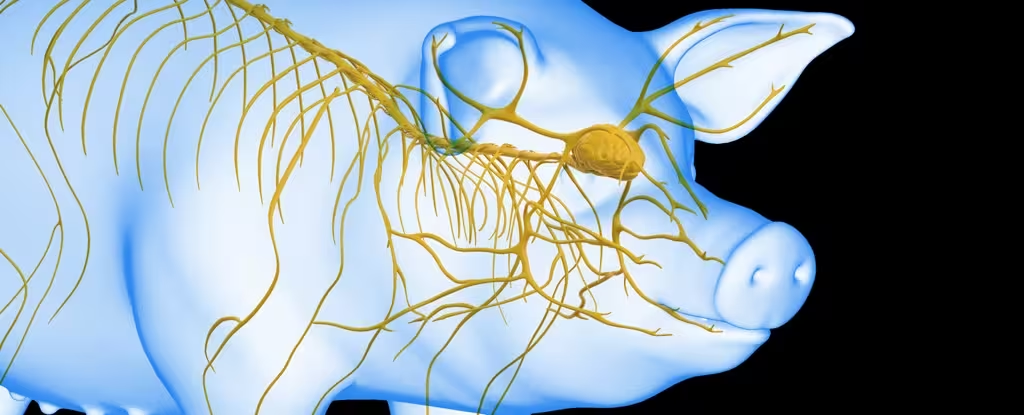Scientists restored activity in the pigs’ brains almost an hour after blood circulation stopped. In some cases functionality was preserved for several hours; This was an unexpected discovery by Chinese researchers. This achievement is a major step forward in the study of how to restore brain function after sudden cardiac arrest. This suggests doctors can increase the short amount of time it takes to successfully resuscitate patients after cardiac arrest.
What’s the secret? Connecting a patient’s intact liver (an organ the body uses to purify blood) to a life support system used to revive the brain after time has passed.
Sudden cardiac arrest causes many problems in the body due to the rapid stopping of blood flow. Reduced blood flow to parts of the body is called ischemia, and when it occurs in the brain it can cause serious, irreversible damage within minutes. This is why the resuscitation window for cardiac arrest is so short.
Multiple organ ischemia is known to play a role in the brain’s ability to recover from a heart attack, but the individual organs are not yet fully understood.
In recent years, scientists have been using pig models to test methods of limiting brain damage. Dr. from Sun Yat-sen University in China. A team of scientists led by Xiaoshun He turned to animals to try to understand the liver’s role in brain recovery after ischemia from cardiac arrest.
The team compared the liver’s effect on circulatory loss using 17 laboratory-reared Tibetan minipigs. In a series of experiments, two groups of pigs were exposed to cerebral ischemia for 30 min; Liver ischemia was applied to one group, but not to the other. Meanwhile, no ischemia occurred in the control group.
When the pigs were euthanized and their brains examined, it was seen that the control group had the least brain damage; however, the nonischemic group showed significantly less brain damage than the ischemic group.
The next step of the research was to try to incorporate an intact liver into the life support system to regenerate the brain that had been completely removed from a euthanized pig. Such a scenario is unlikely to apply to the treatment of humans, but it helps scientists understand in which situations resuscitation might be feasible.
The basic life support system included an artificial heart and lungs that helped pump fluid to the brain. For one group, a pig liver was integrated into a system known as liver-assisted brain perfusion in a normothermic machine.
Initially, the brain was connected to life support systems 10 minutes after the start of the life support procedure. In the system without the liver, electrical activity in the brain appeared within half an hour and then decreased over time.
The team also tried different delays that connect the brain to the liver-assisted system at intervals of 30 minutes, 50 minutes, 60 minutes and 240 minutes. The longest interval that was most promising was 50 minutes after blood was drawn: The brain restarted electrical activity and maintained this state for six hours until the experiment was completed.
Remarkably, in brains deprived of oxygen for 60 minutes, activity returned in just three hours before fading; This indicates a critical window within which resuscitation with the addition of a functioning liver can be successful.
According to the researchers, these results show that the liver plays an important role in the development of brain damage after cardiac arrest. The findings open new avenues for brain injury research and hope that they may improve patient survival and recovery outcomes in the future. The study was published on: EMBO Molecular Medicine.
Source: Port Altele
